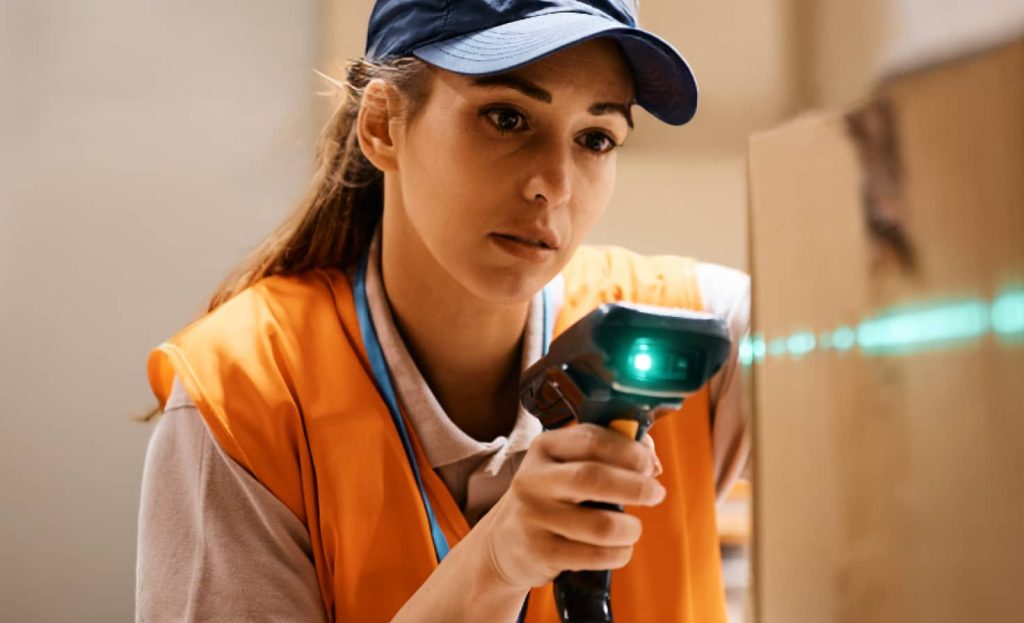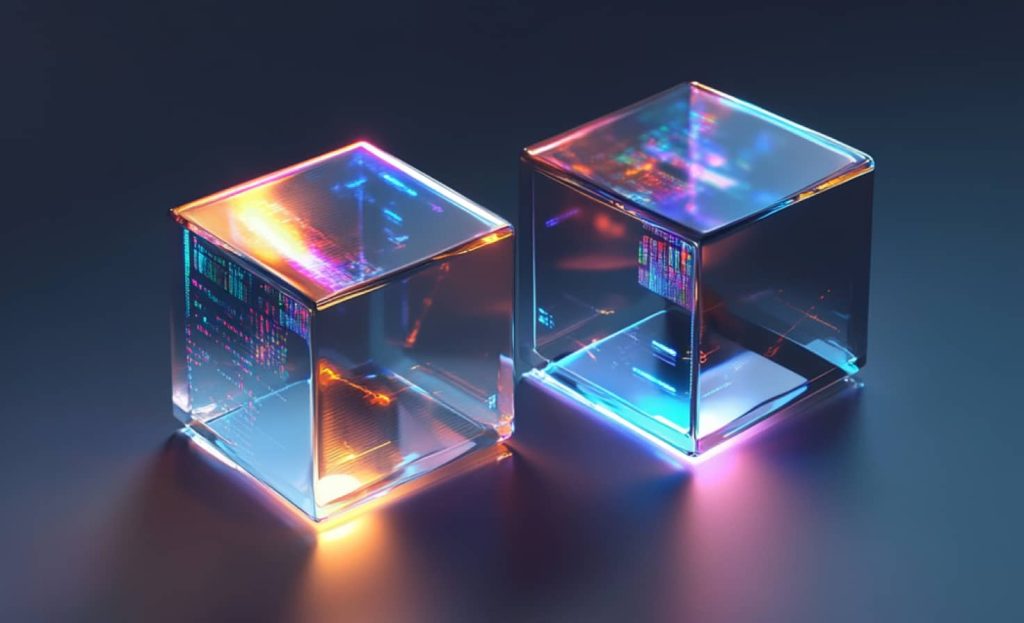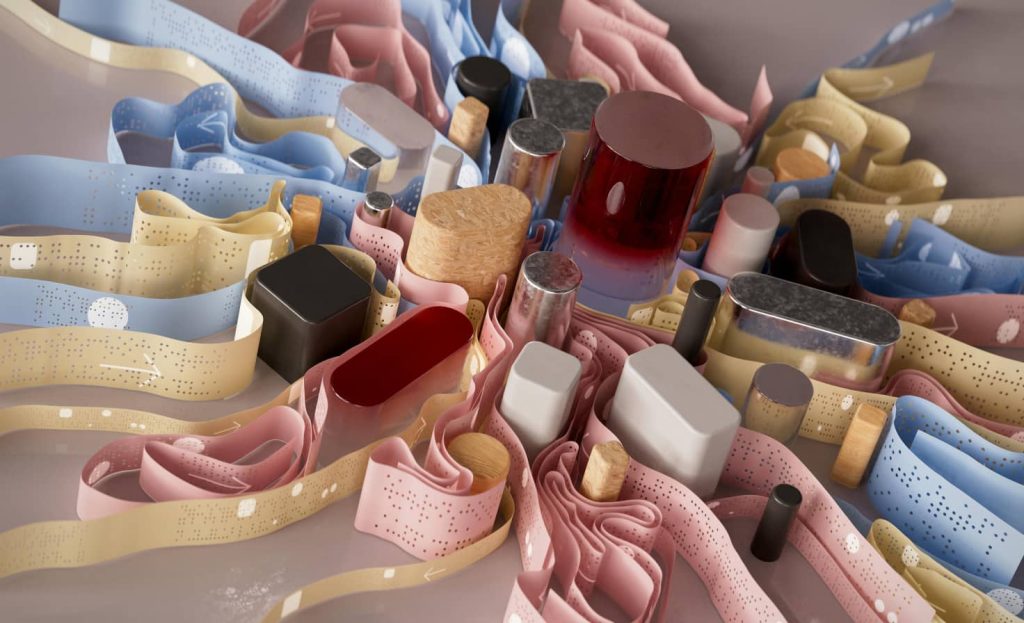
Over the last few years, there was a distinct tendency to shift retail experiences to the digital world. This trend has also received considerable growth with the introduction of stay-at-home measures. Rakuten Intelligence, the global provider for marketing and advertising services and technology, states that online order volume from full-assortment grocery rose 210.1% from March 12 through March 15, in comparison to the same period of the previous year.
People are falling into the habit of online shopping, and it will definitely be around even after the end of social distancing time.
Even though the majority of brick-and-mortar stores are closed now, as soon as the quarantine is over, customers will be ready to re-enter society and eventually walk across the threshold of their favourite shops. And retailers need to be prepared to meet these new-world consumers’ shopping habits to win their customers back.
Below, we review some of the technology trends that can help retail businesses to provide experiences that are as smooth, seamless, safe and as interactive as possible.
1. Provide unlimited access to your products and services
Opening hours are so nineteenth century. Today, people shop when they want to. Imagine this situation, it is 3 AM, and your store is not open yet, but there is a shopper who wants to buy something now. What will you do to help them? Sure, you could let them wait until morning, and hope they will be around, still in a shopping mood, when you open. Or you could transform your store into a giant vending machine from 5 PM to 9 AM.
Enter “shoppable windows,” which give passers-by the option to shop at all hours straight from the store window, via a touch screen or more likely voice assistant. Since, after the lockdowns are over, touchless experience will remain as relevant and retailers will have to develop no-touch customer experiences with an emphasis on hygiene. Then consumers can choose to have the products shipped to their home address.
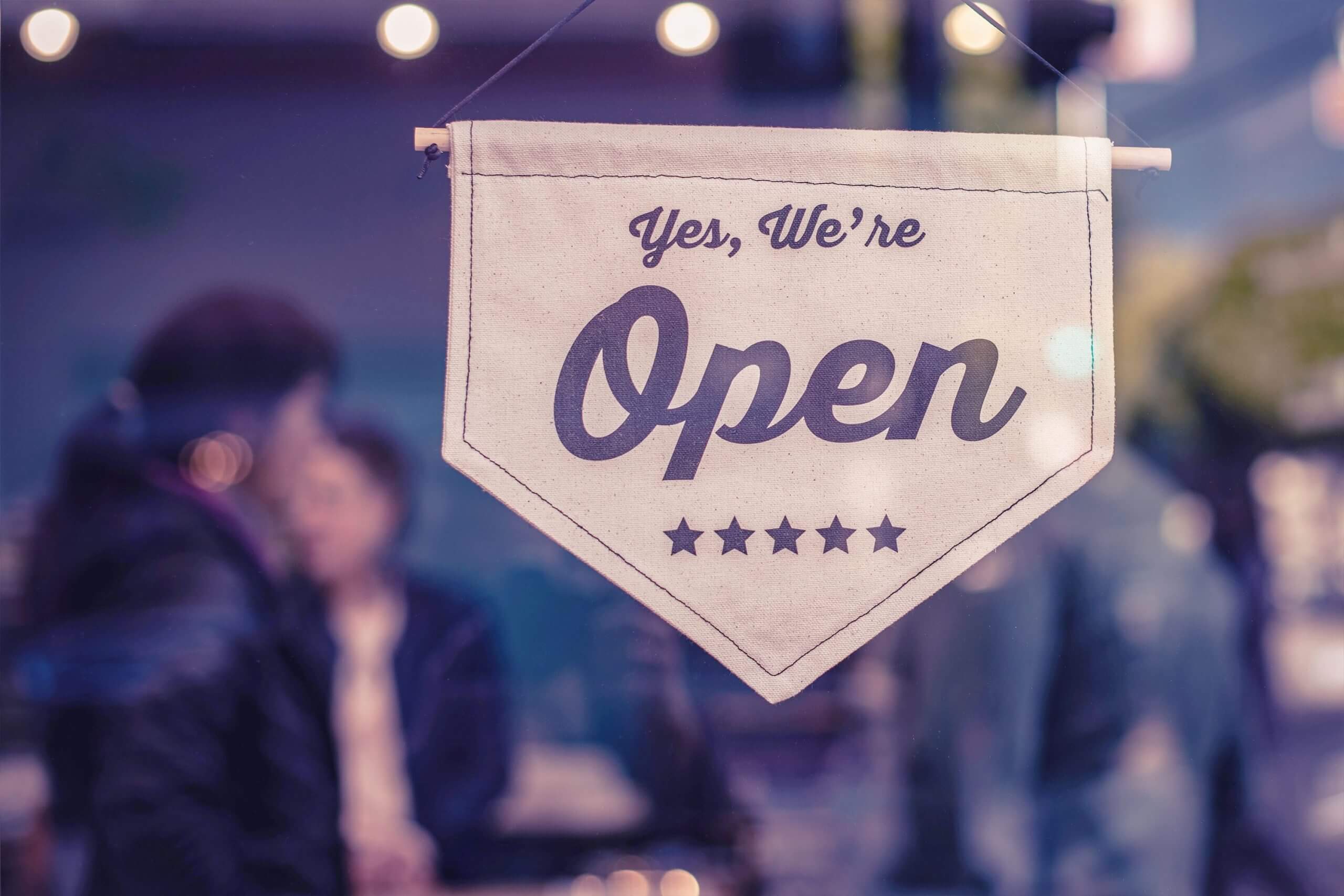
However, if they had wanted to wait until the store was open to pick up the products, they would have waited. IKEA, the furniture giant that also sells meatballs, is using augmented reality (AR) tech to help customers visualize in real-time how a piece of furniture would look in their home. So, people do not end up buying a new sofa, waiting for it, and lugging it all the way home only to figure out that it fills the whole living room.
Another convenience that today’s customers are looking for is preordering. You can easily order food on the move, so it will be ready for you when you are ready to eat. It has now become so popular that Google has integrated food ordering into both its search functionality and into Google Maps. No need to download apps or remember which Chinese place does delivery in your area. Go on Google Maps, find a nearby restaurant, place an order, and pay via Google Pay.
2. Create immersive environments
Shopping online can be incredibly immersive and engaging. It is a one-to-one relationship with the screen, and the shopper is in complete control over what items to view, or which sounds to hear (or mute). How can you offer the same kind of totalizing experience in your store? Many retailers, feeling the pressure, are rethinking their whole game.
In the Tokyo flagship store of British fashion brand Hunter, a multi-sensory space virtually transports shoppers to rainy London. On the ceiling, a digital lightbox creates the typical London cloudy sky. At the same time, the sound of heavy rain and thunderstorms reverberates from loudspeakers, making customers feel quite at home while they are browsing Wellington boots, coats, and umbrellas. In Hong Kong, Audi fans can explore the brand‘s full range of luxury cars, and even preview future concepts of vehicles, using a VR device which enables them to zoom into the tiniest detail. They can even go for a virtual test drive, which is also a great way to keep your display cars scratch-free.
The Samsung KS store in London goes even further. There are no tills, but there is plenty of gaming lounges, co-working and event spaces, a DJ booth, and even a travel photography workshop. This is not a place for shopping – it is a space for playing and enjoying life, surrounded by, and immersed into the spirit of the brand.
3. Keep it exclusive
Use the data you already have about consumers’ shopping preferences to make a unique offer. Personalized coupons show appreciation to loyal customers and delight them with a discount for a broad set of frequently purchased products. Thus, helping the business to increase sales once customers are in the store.
According to Infosys survey, of consumers who have experienced personalization, 67% are highly in favour of targeted coupons, and 62% prefer personalized offers or promotions based on past purchases.
Mass production has lost its appeal long ago. Modern consumers feel unique, and they reward brands that give them products and experiences that are tailored to their tastes. And what better way to do that than letting them make their own products? At the factory store of bag brand Freitag in Zurich, Switzerland, under strict staff supervision customers can use the factory’s tools and machinery to create their own bag. To add an educational moment to the fun, shoppers can also learn about the sustainable production processes that characterize the brand, seeing how the recycled truck tarp and fully compostable textiles get together to make the bags. Unique and ethical – that is a winning combination.
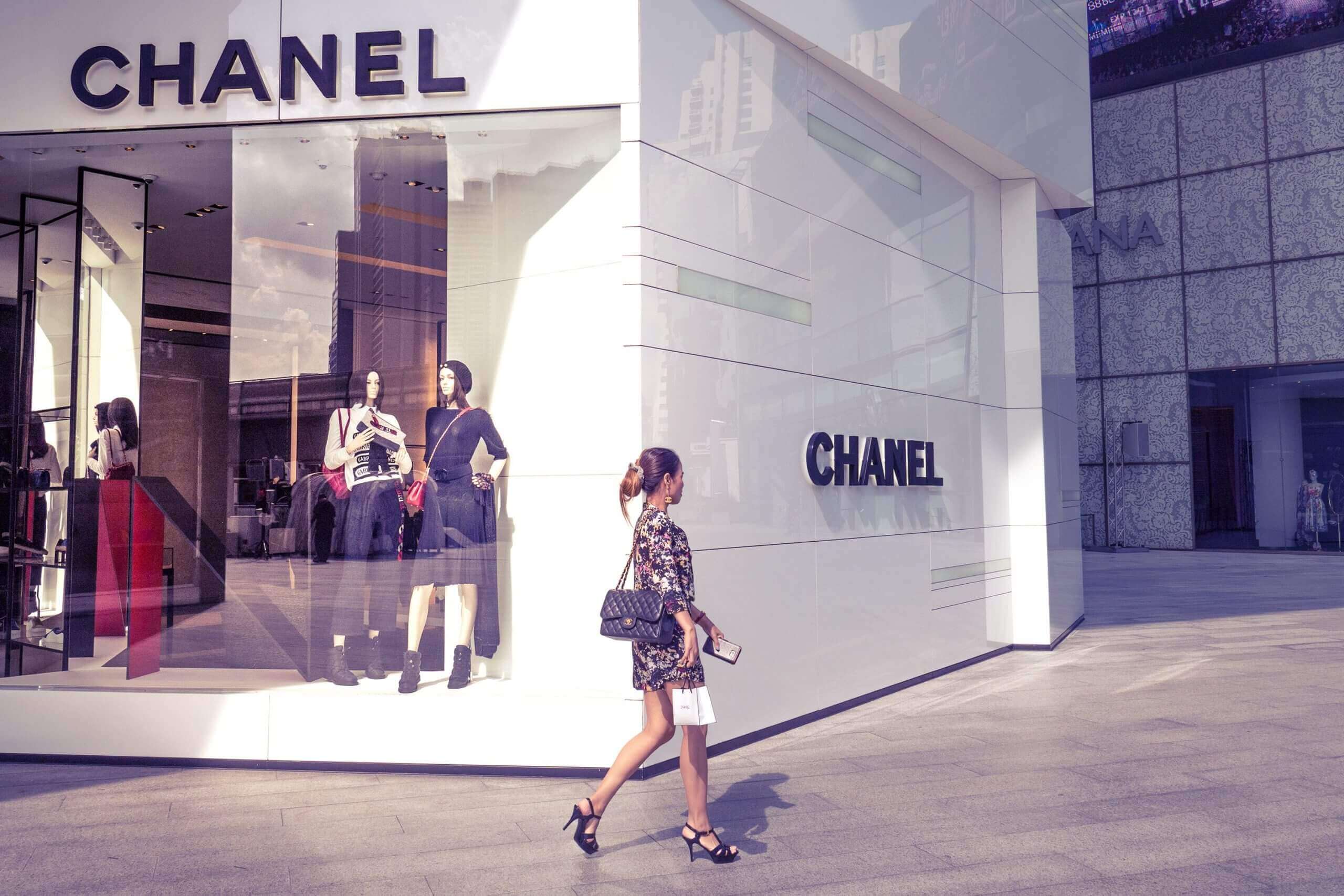
Another way to create unique experiences is to limit them to a selected few. Enter Chanel. In the luxury brand’s flagship store in Paris, the two top floors are dedicated exclusively to VIP customers. There, the crème de la crème can find personal styling rooms and a restaurant that can only be booked for private meals.
While brands like Chanel can afford to shun part of their customer base, not all exclusive experiences have to, quite literally, exclude someone. M&Ms uses personalized candy to entice customers to the brand’s M&Ms World stores. Head to the store, and you can print your face or your children’s adorable mug on the round candies. A bag of these unique candy pieces will cost you more than the standard one you can buy at the supermarket – but who wants to eat the same candy as everyone else?
4. Implement social shopping
Retailers have been using social media as a marketing and communication tool, a sounding board for new ideas, a source of information on consumer tastes, and even a shop window to sell products. While some waste time complaining about people Instagramming dishes, the smartest brands are taking full advantage of the potential of social media. It can be as easy as encouraging customers to take a snapshot and share it on social media. Nordstrom took the social media route offline and displayed an Instagram post, on the roof in the form of a 3D installation. “Fix in Six” retail window display by Lowe provided home improvement tips.
When Millennial-favourite makeup brand Glossier opens a new store, every corner is designed to be instagrammable. Cue to hills of real moss dotted with wildflowers, or a reproduction of a desert canyon, complete with perfect lighting. The result? A brand that gets more popular by the day and becomes known for embracing real beauty – because after all, its brand ambassadors are the actual customers, as real and varied as they could be.
Other brands are using social media as a sales generator. Ring Concierge, a diamond jewellery brand, does not simply show its beautiful jewellery on Instagram. On every picture, each product shown is tagged with a short description and the price. This way, when an item catches a shopper’s eye, it is easy to move from “like” to “buy”. Did you think no one would impulse-buy diamonds? Here you stand corrected.
As the top social platforms encourage consumers to act on impulse and interact directly with brands, the line between social, content consumption and commerce is continuing to blur. Social commerce has become one of the most talked-about practices. Last year, Instagram has become a one-stop-shop experience, using the Shop Now or Learn More buttons. Twitter also allows purchasing third-party products directly without leaving the site.
Businesses are constantly looking for ways to provide their customers with a unique experience and build a better relationship. But now more than ever, it is not enough to simply keep a finger on the pulse of the market.


Related Insights
